A Brief History of Veterans Day
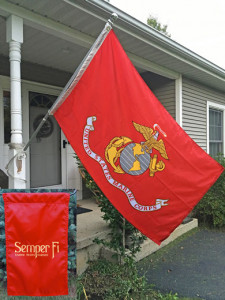 People rarely stop to think about the history of holidays as they celebrate them. Veterans Day may seem like a simple day that is dedicated to flying US military flags and thinking about what soldiers do for their country, but there’s much more to it than that. It’s one of the youngest federal holidays in the United States, but it has still changed a lot since it started. Veterans Day actually began as a way to remember the end of the first World War, and the holiday only started to take its modern form a few decades after the first celebration.
People rarely stop to think about the history of holidays as they celebrate them. Veterans Day may seem like a simple day that is dedicated to flying US military flags and thinking about what soldiers do for their country, but there’s much more to it than that. It’s one of the youngest federal holidays in the United States, but it has still changed a lot since it started. Veterans Day actually began as a way to remember the end of the first World War, and the holiday only started to take its modern form a few decades after the first celebration.
When Did It Start?
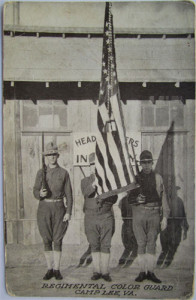 Veterans Day began as Armistice Day on November 11, 1919. The date was chosen because the armistice that brought an end to the fighting in the first World War had been signed one year earlier, on the famous “eleventh hour of the eleventh day of the eleventh month.” The war formally ended approximately six months later with the Treaty of Versailles, but the United States, like most nations, thought that the armistice was more significant than the treaty itself.
Veterans Day began as Armistice Day on November 11, 1919. The date was chosen because the armistice that brought an end to the fighting in the first World War had been signed one year earlier, on the famous “eleventh hour of the eleventh day of the eleventh month.” The war formally ended approximately six months later with the Treaty of Versailles, but the United States, like most nations, thought that the armistice was more significant than the treaty itself.
Woodrow Wilson was the president at the time, and he marked the armistice’s anniversary by sending a message to the country. His message commended the American people for their efforts during the war, and it expressed both gratitude for the end of the conflict and hope for the future. The message is also the first American reference to Armistice Day, which Wilson believed the people should fill with a mixture of pride in the actions of the fallen, and gratitude that the war had ended.
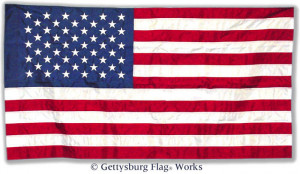 Wilson sent out his message on his own initiative, but Armistice Day was quick to gain widespread support. In 1926, Congress asked the president of the time, which was Calvin Coolidge, to send out a yearly proclamation that called for the celebration of Armistice Day on November 11th. The request also asked for appropriate ceremonies to be arranged, but it didn’t specify what those ceremonies should be in any great detail. US military flags were flown, like at any military event or holiday, but it was too early for anyone to produce special flags for veterans or other ceremonial items. Armistice Day became a national holiday in 1938, and the holiday changed very little from that point on until it became Veterans Day.
Wilson sent out his message on his own initiative, but Armistice Day was quick to gain widespread support. In 1926, Congress asked the president of the time, which was Calvin Coolidge, to send out a yearly proclamation that called for the celebration of Armistice Day on November 11th. The request also asked for appropriate ceremonies to be arranged, but it didn’t specify what those ceremonies should be in any great detail. US military flags were flown, like at any military event or holiday, but it was too early for anyone to produce special flags for veterans or other ceremonial items. Armistice Day became a national holiday in 1938, and the holiday changed very little from that point on until it became Veterans Day.
How Did It Become Veterans Day?
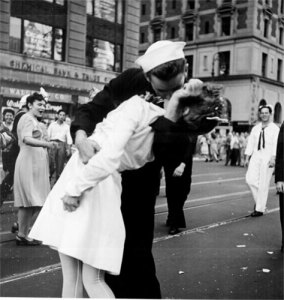 World War II prompted the change from Armistice Day to Veterans Day. Raymond Weeks, a veteran from Alabama, thought that the holiday should expand to honor the veterans of every war. Weeks can be considered the father of the modern Veterans Day, since he was the one who raised support for the idea and brought it to the attention of General Eisenhower, who had not yet become the president, in 1945.
World War II prompted the change from Armistice Day to Veterans Day. Raymond Weeks, a veteran from Alabama, thought that the holiday should expand to honor the veterans of every war. Weeks can be considered the father of the modern Veterans Day, since he was the one who raised support for the idea and brought it to the attention of General Eisenhower, who had not yet become the president, in 1945.
Eisenhower supported the idea, and that was enough to convince Weeks to arrange celebrations that honored every veteran. He continued to do so every year for the rest of his life. The new holiday did not receive federal recognition for another eight and a half years, when Ed Rees introduced a bill to that effect to the House of Representatives. It met with widespread approval, and President Eisenhower gladly signed it into law in 1954.
How Has It Changed?
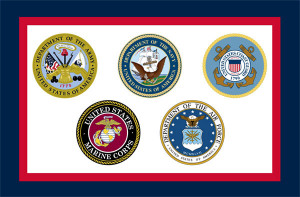
That’s where the story of how the Veterans Day flag began to fly, but it isn’t where the story ends. The holiday initially kept the same date that it used when it was still Armistice Day, the 11th of November. That changed in 1971, when the Uniform Monday Holiday Act came into effect. The law moved the official dates of several holidays, including Veterans Day, so that they would always fall on a Monday. It was not a popular law, and Congress voted to reverse it in 1975. The reversal took effect in 1978, and November 11th has been graced by the Veterans Day flag ever since.
The holiday has not seen any significant changes since then, but there is a small movement to merge Veterans Day with Election Day, so that everybody has time to vote. Veterans Day will likely always remain a day to remember the sacrifices of our soldiers.
How Do We Celebrate Veterans Day?
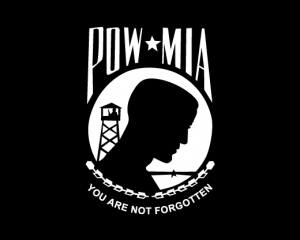 Many Americans show their appreciation by visiting or volunteering at local veteran organizations or donating to charities. Friends and family of military members who have passed often place flags and flowers at their gravesites, and extend heartfelt thanks to those still living, whether in-person or through social media. In addition, all Americans are encouraged to fly POW/MIA flags and flags of the military branches on this day to show support for our veterans.
Many Americans show their appreciation by visiting or volunteering at local veteran organizations or donating to charities. Friends and family of military members who have passed often place flags and flowers at their gravesites, and extend heartfelt thanks to those still living, whether in-person or through social media. In addition, all Americans are encouraged to fly POW/MIA flags and flags of the military branches on this day to show support for our veterans.
To learn more, check out How to Decorate for Veterans Day and 7 Ways to Show Your Appreciation for Those Who Served.
